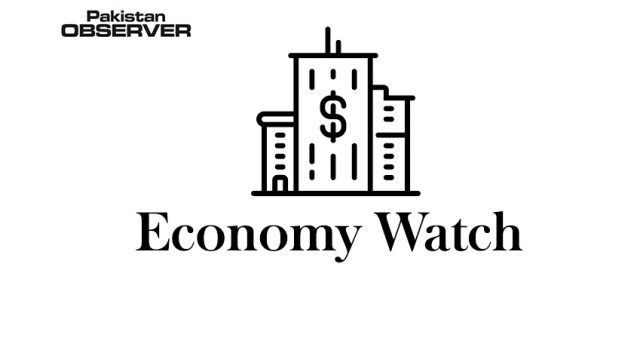The euro on Saturday marks 20 years since people began to use the single European currency, overcoming initial doubts, price concerns and a debt crisis to spread across the region.
Euro banknotes and coins came into circulation in 12 countries on January 1, 2002, greeted by a mix of enthusiasm and scepticism from citizens who had to trade in their Deutsche marks, French francs, pesetas and liras.
The euro is now used by 340 million people in 19 nations, from Ireland to Germany to Slovakia.
Bulgaria, Croatia and Romania are next in line to join the eurozone in the next few years—though people are divided over the benefits of abandoning their national currencies. —AFP










